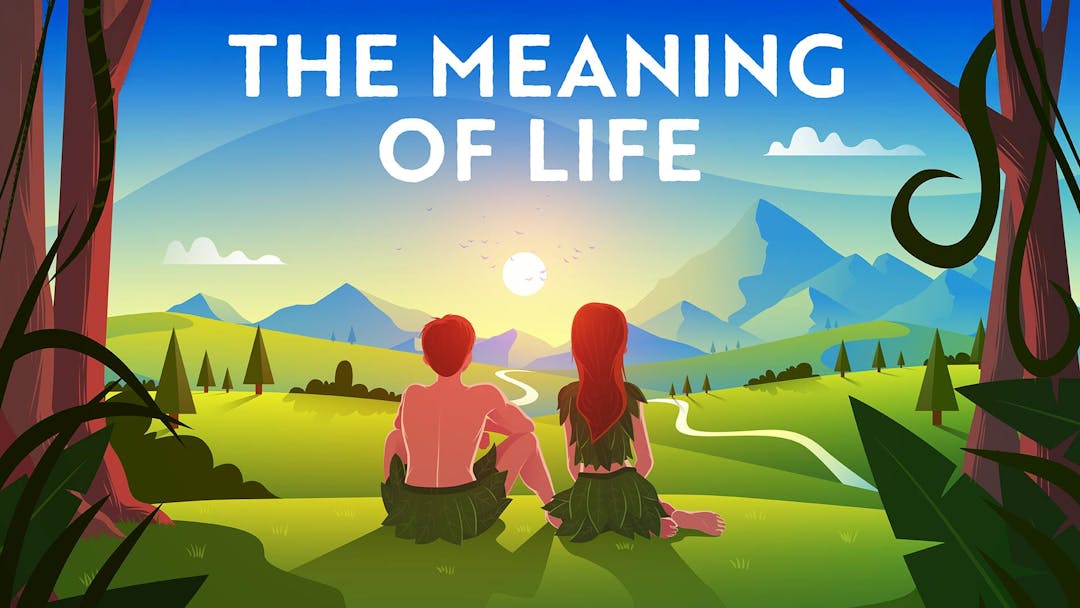Start your free trial today to unlock the full library and enjoy unlimited and uninterrupted access.
Get StartedFinding God In Science
Can Science Prove That God Exists?
Does science disprove or prove the existence of God? Can science and God coexist, or must it always be debated within the parameters of God versus science?
In this week's video, Rabbi Fohrman adds to the great debate by asking about one of the interesting names of God and taking us on a whirlwind tour of modern cosmology. Can we truly find God in science? You decide.
Want to watch the full video for free?
Enter your email and we’ll send you a link to watch the full series free.
What is Aleph Beta?
Aleph Beta is a unique kind of Torah library. Led by our founder, Rabbi David Fohrman, we are dedicated to high-level, textual Torah learning for adults that is intellectually and spiritually sophisticated, that enlivens your Jewish practice and helps you forge a deeper connection to God. Whether you’ve been learning in yeshiva for years or you’re just beginning your Torah journey, you’re sure to find something meaningful and surprising waiting for you here.
Browse our library of over 1,000 beautifully produced animated videos, podcasts, deep dive courses, and printable guides. Topics include the weekly parsha, Jewish holidays & fast days, laws & mitzvot, prayers, relationships, big philosophical ideas and more. Have something to say at the Shabbos table that will amaze your family and guests and bring deep meaning into their lives.











